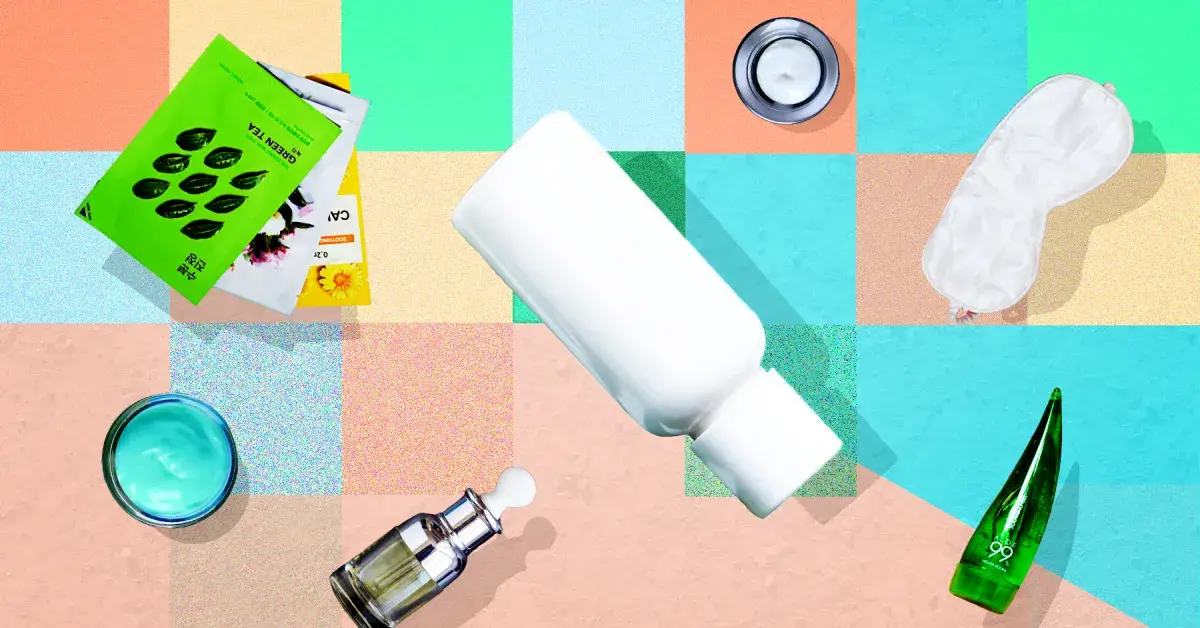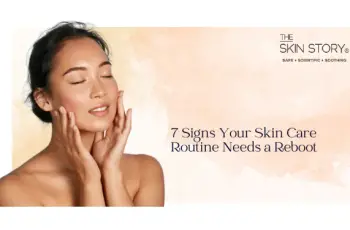
The 10-Step Korean Skincare Routine: What Happened When We Tried It for a Week
Over the last few years, Korean beauty—or K-beauty—has taken the global skincare scene by storm. In the UK, it’s gone from niche trend to a mainstream must-try for skincare lovers.
With glowing influencers and celebrities praising its benefits, one thing stands out: “Glass skin”—that smooth, clear, luminous look—is the ultimate goal.
To see what the hype was really about, our team at Procoal decided to try the full 10-step Korean skincare routine for one week. Was it hard to stick to? Was it worth the time and effort?
We found out. And we’re sharing every step, product, result, and thought with you.
First, What Is the 10-Step Korean Skincare Routine?
Contrary to popular belief, there isn’t a strictly universal 10-step routine. Most guides share a similar structure, but there are slight variations depending on skin type and personal preference.
After some research, we followed this version:
Oil Cleanser, Foam Cleanser, Toner, Essence, Emulsion, Serum, Sheet Mask, Eye Cream, Moisturiser, SPF
Let’s break it down, step by step.
1. Oil Cleanser
The first step is an oil-based cleanser that removes makeup, SPF, and pollution. This is applied to dry skin and massaged in before rinsing with warm water.
We used Dermalogica Precleanse Balm, known for its deep-cleaning abilities and gentle feel. It melted makeup effortlessly without stripping the skin.
2. Foam Cleanser
Step two is about cleansing again—but this time using a water-based product to remove sweat, dirt, and leftover oil.
This “double cleansing” method is central to K-beauty. We chose the Biore Baking Soda Cleanser for its exfoliating and blemish-fighting properties.
3. Toner
Toners in K-beauty aren’t harsh or alcohol-based. They’re hydrating and prep the skin for the next steps by balancing pH and adding light moisture.
We opted for Pixi Glow Tonic, a cult-favorite that’s technically an exfoliating toner, helping improve texture while adding a gentle glow.
4. Essence
Essence is one of the most distinct K-beauty steps. It’s a lightweight, watery product that hydrates and helps with anti-aging by prepping the skin to absorb serums better.
We used Estée Lauder Micro Essence, which has a soft texture and left our skin feeling plump and calm.
5. Emulsion
Think of emulsions as lightweight moisturisers. They’re usually water-based and offer an extra hydration layer before you move to richer products.
Jess didn’t have a dedicated emulsion in her collection, so she used L’Oréal Hydra Genius Aloe Water, which offered a similar lightweight texture and hydration boost.
6. Serum
Serums target specific concerns—fine lines, acne, dryness, pigmentation. Ours contained Vitamin C to brighten skin and reduce uneven tone.
We went with the Vonza Vitamin C Serum, which had glowing reviews and was lightweight enough for layering under other products.
7. Sheet Mask
This is the longest step but also the most indulgent. A sheet mask is soaked with serum and worn for 15–20 minutes.
We tried the Marine Moisture Sheet Mask, packed with botanical extracts and 25ml of serum per mask. It felt cooling, relaxing, and hydrating.
8. Eye Cream
The eye area is delicate and one of the first places to show signs of aging. Eye creams hydrate, brighten, and smooth fine lines.
We used the Aurelia Eye Cream, known for its calming properties and lightweight feel. It helped reduce puffiness and gave a refreshed look.
9. Moisturiser
This step locks in all the moisture from the previous layers. A good moisturiser seals everything and keeps skin nourished all day.
We used Charlotte Tilbury’s Magic Cream, Jess’s holy grail. Rich and luxurious, it made the skin feel instantly soft and smooth.
10. SPF (Sunscreen)
This is the most important step—yes, even in the UK. SPF protects against UV rays that can cause premature aging and skin cancer.
We used La Roche-Posay Anthelios Invisible Mist SPF 50, a spray that’s easy to apply and absorbs quickly. No white cast, no greasy feel.
How Long Did It All Take?
On day one, the full routine took nearly an hour. The most time-consuming part? The sheet mask, which accounted for about 20 minutes.
But by the end of the week, we had our rhythm down. The full process took just 40 minutes, with everything flowing smoothly.
Variations We Found Online
While researching, we noticed different versions of the 10-step routine. Some routines included exfoliators, ampoules, or lip care. Here’s a look:
Exfoliator: Some guides added a physical or chemical exfoliator, but using one daily seemed too harsh. We skipped it for daily use.
Ampoule: These are concentrated serums often used for specific skin concerns. We felt our Vitamin C serum already filled this role.
Moisturiser with SPF: Some routines combined the last two steps with a day cream containing SPF. We separated them to keep it flexible.
Lip Balm: Often suggested as a bonus step, but we left it out since it doesn’t integrate with the rest of the facial care process.
So, Did It Actually Work?
Yes—and quite impressively so.
By the end of the week, Tom’s skin looked brighter and more even-toned, while Jess noticed smoother texture and less dryness.
Both experienced a minor breakout on day two, likely from the sudden introduction of so many products. But it cleared up quickly by day four.
The only real downside? Eye irritation. By day four, both Jess and Tom noticed stinging around the eyes, which lasted 10–20 minutes after the routine. Possibly product overload.
What Did We Learn?
Here are a few personal takeaways:
Double cleansing works but may be too much daily. Foam cleanser alone might be enough for those with drier skin.
Serum, eye cream, moisturiser, and SPF are here to stay in both Jess and Tom’s everyday routines.
Sheet masks gave noticeable results but will now be used just once or twice a week for practicality.
Final Verdict: Worth the Hype?
Absolutely—but with tweaks.
The full 10-step Korean skincare routine is effective, but it requires time, commitment, and the right products for your skin type.
It’s perfect for a weekend glow-up or when your skin needs extra love. For daily life, a condensed version (around 4–6 steps) may be more realistic.
That said, we now understand why people rave about K-beauty. It’s not about one miracle product — it’s about layering, hydration, and consistency.
With a few adjustments, it’s a routine worth adopting in part or in full. Your skin will likely thank you.


